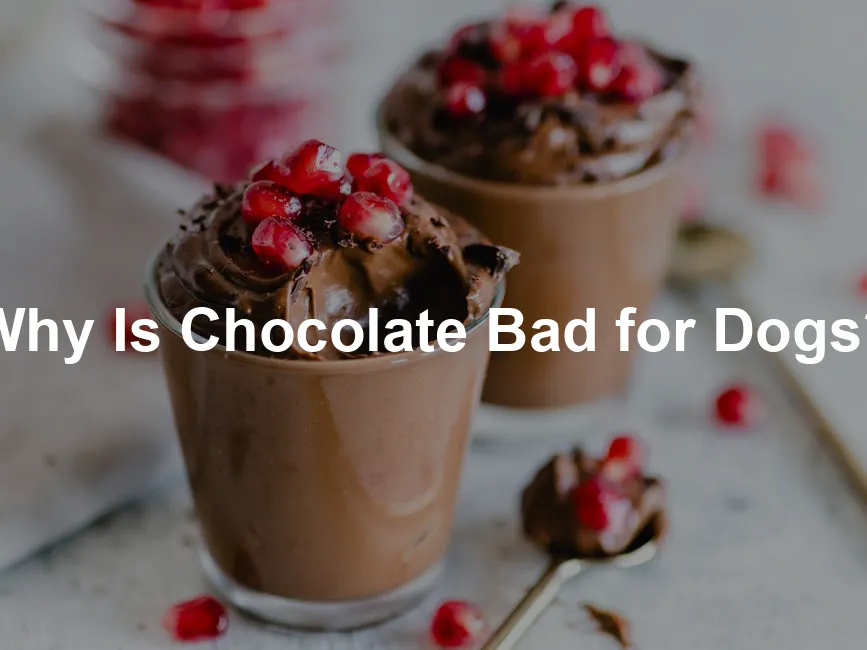
Why Is Chocolate Bad for Dogs?
Introduction
Chocolate toxicity is a serious issue for dogs. Many people mistakenly believe chocolate is harmless to their furry friends. Understanding the dangers of chocolate consumption is crucial for every pet owner.
Summary and Overview
Chocolate contains two harmful ingredients: theobromine and caffeine. Both substances are toxic to dogs and can lead to serious health problems. The level of toxicity varies based on the type of chocolate and the size of the dog. Dark chocolate poses the highest risk, while white chocolate is the least harmful.
Common symptoms of chocolate poisoning include vomiting, diarrhea, and increased heart rate. In severe cases, dogs may experience seizures or even death. If your dog ingests chocolate, seek veterinary care immediately. It’s essential for pet owners to educate themselves on this issue to prevent emergencies. Keeping chocolate out of reach is vital for your dog’s safety.

Instead of risking it, why not treat your pup to some Dog-Friendly Peanut Butter Biscuits? They’re a delicious and safe alternative to chocolate, so your furry friend can enjoy treats without the risk of chocolate toxicity!
The Chemistry of Chocolate: Why It’s Toxic
Theobromine and Caffeine Explained
Chocolate contains two key compounds: theobromine and caffeine. Both are stimulants that can seriously affect dogs. Theobromine is particularly harmful, affecting the nervous system and heart. In humans, these substances are metabolized efficiently. However, dogs process them much more slowly. This slow metabolism causes theobromine to accumulate in their system, leading to toxicity.
Even a small amount of chocolate can become dangerous for your pup. With each bite, the risk of severe health issues increases. It’s essential to understand this difference to keep your furry friend safe.
Toxicity Levels by Chocolate Type
Not all chocolates are created equal when it comes to toxicity. The darker the chocolate, the more theobromine it contains. Here’s how different types stack up:
- Cocoa Powder: Extremely high in theobromine, very dangerous.
- Baking Chocolate: Contains around 390-450 mg of theobromine per ounce.
- Dark Chocolate: Ranges from 135-450 mg per ounce, highly toxic.
- Milk Chocolate: Contains 44-60 mg per ounce, still harmful.
- White Chocolate: Has only 0.25 mg per ounce, but can cause other health issues due to fat content.
Darker chocolates pose the greatest risk. Be vigilant, especially during holidays when chocolate treats are everywhere.
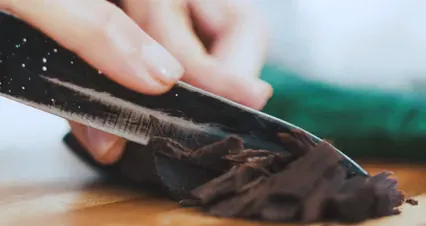
To ensure your dog’s safety, consider investing in a Dog First Aid Kit. You never know when emergencies will arise, and being prepared can make a world of difference!
Symptoms of Chocolate Toxicity
Early Symptoms
If your dog eats chocolate, watch for initial symptoms. Common signs include vomiting, diarrhea, and increased thirst. You might also notice restlessness or hyperactivity. These symptoms can appear within a few hours of ingestion. The severity often depends on the type of chocolate consumed and your dog’s size. If you notice any of these signs, it’s crucial to act quickly.
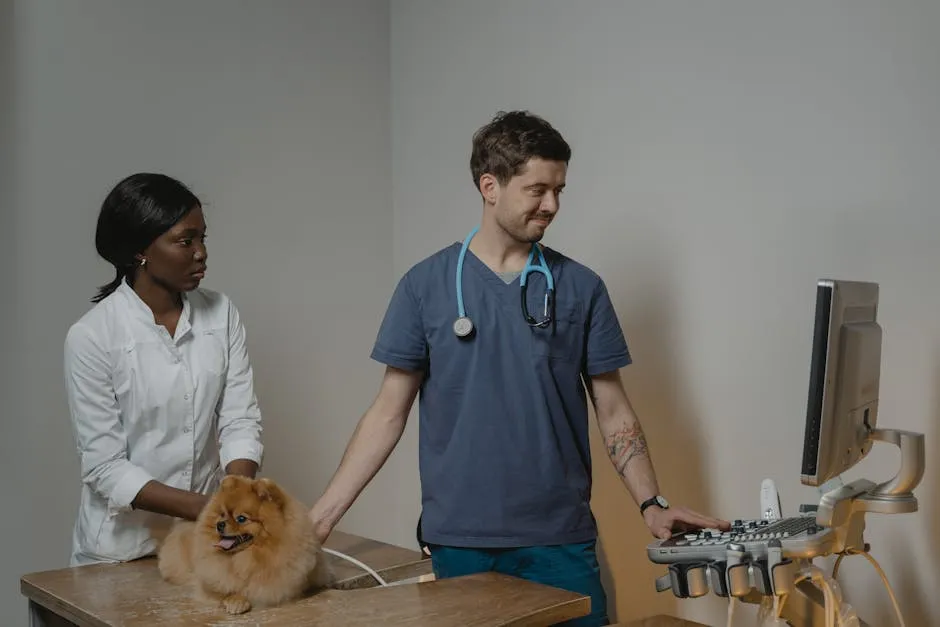
Severe Symptoms
As chocolate toxicity progresses, symptoms can escalate. More serious signs include seizures, muscle tremors, and irregular heartbeats. Some dogs may also experience rapid breathing or even fainting. These severe symptoms usually develop between 6 to 12 hours after ingestion. In extreme cases, chocolate poisoning can be fatal. If your dog shows these signs, seek veterinary help immediately. Timely intervention can be life-saving.
If you want to ensure your dog’s overall health, consider a Pet Poison Control Book. This valuable resource can help you identify potential hazards and react swiftly in emergencies!
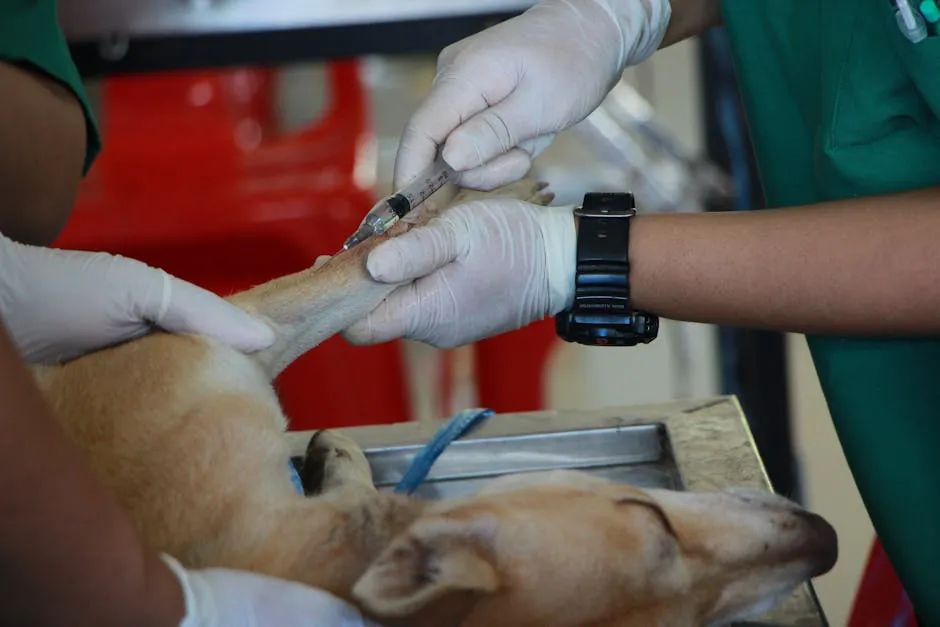
What to Do If Your Dog Eats Chocolate
Immediate Steps to Take
If you suspect your dog has eaten chocolate, act fast. First, gather information about the chocolate type and amount consumed. Next, contact your veterinarian or a pet poison hotline immediately. They can assess the risk based on your dog’s weight and the chocolate’s toxicity. Don’t wait for symptoms to show; early intervention is key. If advised, take your dog to the vet for further evaluation. Always keep chocolate packaging on hand for reference.
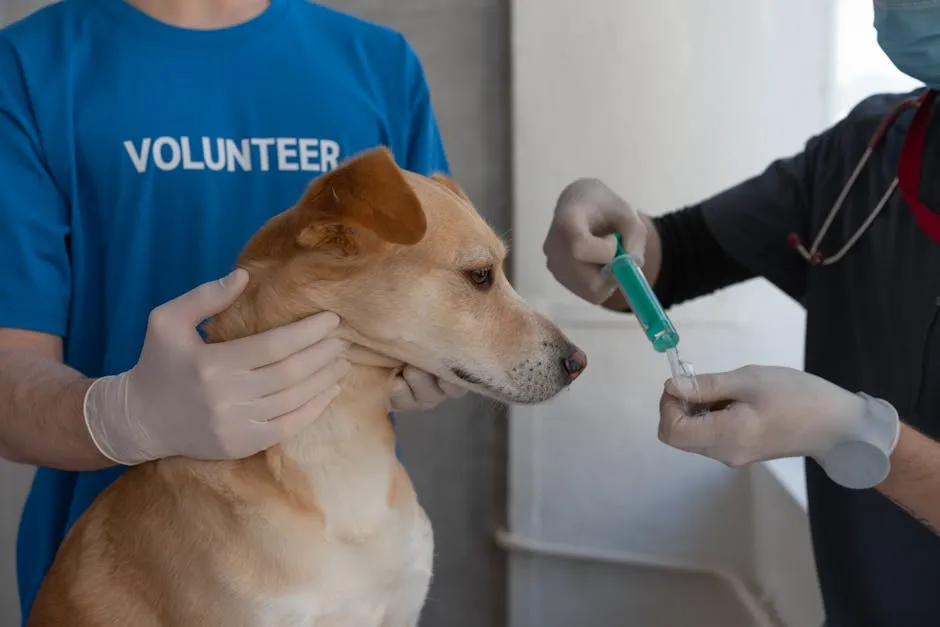
Treatment Options
At the vet, treatment will depend on your dog’s condition. If chocolate consumption was recent, they may induce vomiting to remove it from the system. Activated charcoal may also be administered to prevent further absorption of toxins. In more severe cases, your dog might need intravenous fluids or medications to stabilize their heart rate and manage other symptoms. Timely intervention is crucial for a better outcome, so don’t hesitate to seek help.
In addition to keeping your dog safe from chocolate, consider investing in a Dog Training Guide. A well-trained dog is much less likely to get into trouble, including sneaking chocolate off the counter!

Prevention Tips for Dog Owners
Keeping Chocolate Out of Reach
To keep your dog safe from chocolate, it’s essential to be proactive. Store all chocolate products high up in cabinets or in closed containers. During holidays, be extra vigilant. Chocolate treats often abound, making it easy for curious pups to snatch a bite. Instead of chocolate, opt for dog-friendly treats like peanut butter biscuits or carob-flavored snacks. These alternatives are tasty and safe for your furry friend, allowing you to enjoy your sweets without worry.
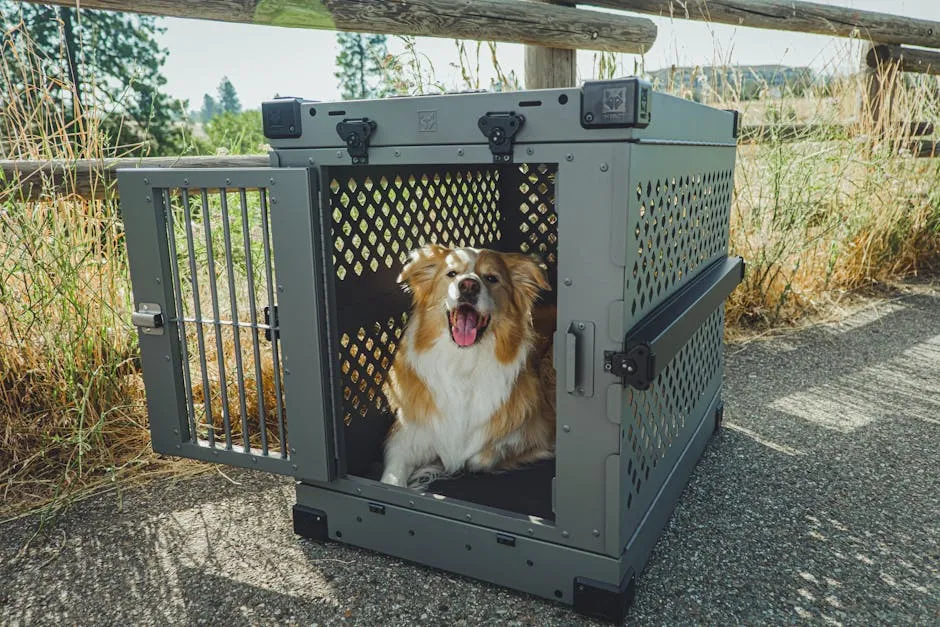
To make treat time even more fun, consider an Interactive Dog Toy! It keeps your dog engaged and entertained, ensuring they stay away from the forbidden chocolate.
Educating Others
It’s important to educate family members and visitors about the dangers of chocolate for dogs. Explain why even a small amount can be harmful. Make sure everyone knows to keep chocolate out of reach and to never share their treats with your dog. This knowledge can prevent accidents and keep your dog safe. Encourage open communication so everyone feels comfortable discussing potential hazards around your pet.

Conclusion
In summary, chocolate is dangerous for dogs, and there’s no safe amount. Theobromine and caffeine can have severe effects on your pet’s health. As a responsible dog owner, it’s crucial to remain vigilant. Keeping chocolate out of reach and educating others can save your dog’s life. Always prioritize your pup’s safety and take precautions to prevent chocolate exposure. Remember, your dog’s well-being is in your hands.
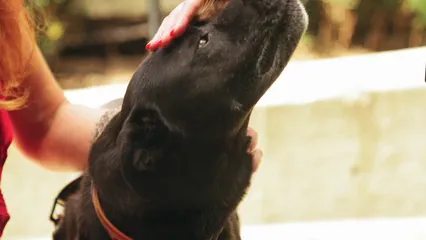
While you’re at it, consider getting a Dog Leash with Reflective Stitching. It ensures you can take your dog out safely during those evening strolls, keeping you both visible and secure!
FAQs
Can dogs eat any type of chocolate safely?
No type of chocolate is safe for dogs. All forms, including white chocolate, contain substances that can harm them. White chocolate has minimal theobromine but can still lead to other health issues due to fats and sugars.
What should I do if my dog ate a small amount of chocolate?
If your dog consumes any chocolate, assess their size and the amount ingested. Contact your vet for guidance. They may recommend monitoring for symptoms or bringing your dog in for evaluation.
Are there any chocolate substitutes that are safe for dogs?
Carob is a great chocolate alternative for dogs. It’s safe and has a flavor similar to chocolate. Plus, it contains no theobromine, making it a healthier option for treats.
What are the long-term effects of chocolate poisoning in dogs?
Severe cases of chocolate poisoning can lead to lasting damage, like heart issues or neurological problems. Early treatment often results in better outcomes, but some dogs may experience complications.
Can other animals eat chocolate safely?
Chocolate is toxic to many pets, including cats. They cannot metabolize theobromine either, so it’s best to keep chocolate away from all animals in your home.
Please let us know what you think about our content by leaving a comment down below!
Thank you for reading till here 🙂
It’s essential to understand the impact of why no caffeine after prp to keep your dog safe from chocolate toxicity.
Also, consider getting a Portable Dog Playpen to keep your pup safe and contained while you enjoy your treats!
All images from Pexels




